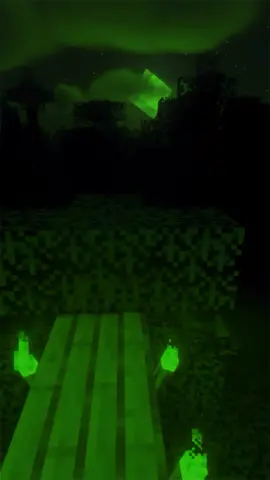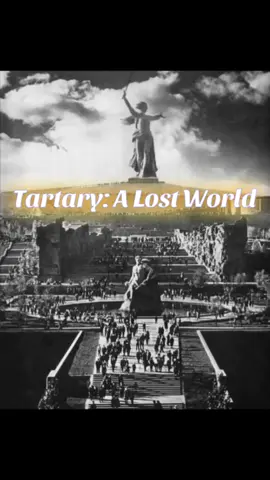jynxsol
Region: GB
Wednesday 06 December 2023 20:10:11 GMT
135291
14258
78
24
Music
Download
Comments
yoyi :
One of the most underrated songs idk why it ain’t one of his tops
2023-12-06 21:55:19
851
Nicoo :
the old Long Version💀
2023-12-06 20:49:33
274
Thayill :
Top 3 X fs
2025-01-05 16:51:29
1
RJ :
this used to scare me sm😭😭
2023-12-13 12:23:41
4
j_aaydee :
i remeber someone showed me the hanging part ,had me stressing telling me he finally did it😭😞
2023-12-20 02:55:46
38
owen𖣂 :
the outro in soundcloud version☠️
2023-12-09 13:41:06
37
donutsmp :
true
2024-12-17 04:50:53
0
Fakedino :
i did a presentation at school about this song
2023-12-13 01:10:30
6
ShisuiTrash (Shaco's Version) :
fr
2023-12-08 07:37:32
0
Jugo :
we wasnt ready frrr
2023-12-11 01:25:58
4
Madzz :
I remember everyone thinking he committed unalive at the time he posted it on Instagram and then no one believing he had passed for that same reason
2023-12-07 12:09:58
57
𖣂 :
“It’s going to break the internet” he said
2023-12-07 16:33:30
8
𖣂2007 :
King
2023-12-11 09:30:24
0
frrrklo :
Riot 💯💯
2023-12-08 12:31:55
0
kankan :
top 3 x songs fss
2023-12-08 13:49:27
5
holstr :
One of my fav songs
2023-12-07 12:22:10
0
E :
one of the most polarizing songs ever? 😂😂
2023-12-20 16:56:24
3
tochisx🚶🏽♂️ :
riot goes hard
2023-12-20 22:42:34
1
✞ :
one of my fav songs
2023-12-07 10:46:09
0
mark. 🇵🇸🙂 :
I remember seeing it as a kid but I didn’t really process it
2024-01-27 19:03:33
0
Abhishek Nair 𖣂 :
What a song🔥🔥
2023-12-11 09:11:41
0
amy :
riot my favorite song from him no joke
2023-12-08 20:35:07
1
To see more videos from user @jynxsol, please go to the Tikwm
homepage.





